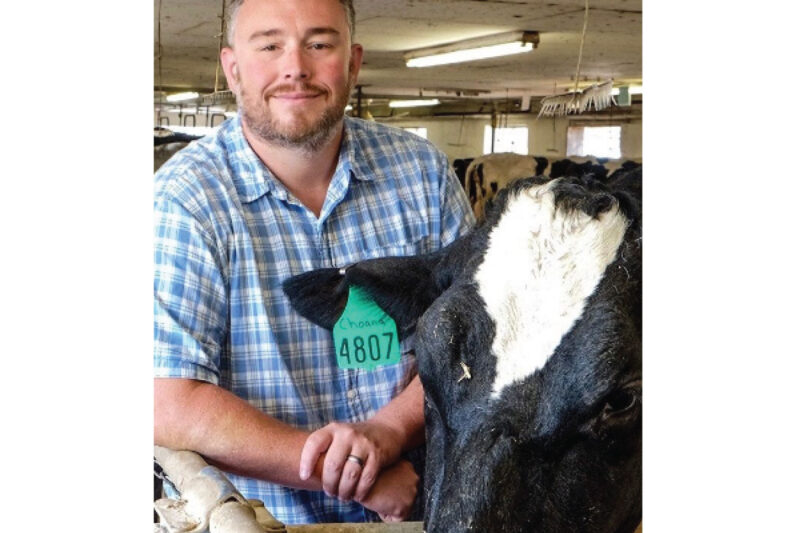This episode “Feeding for milk fat… How can we continue to increase milk fat yields?” was presented at the 2025 Western Dairy Management Conference.
Episode 159: Feeding for milk fat… How can we continue to increase milk fat yields?
Timestamps:
Dr. Lock begins with an overview of his presentation. He discusses nutrition and genomics impacts on the speed of progress in milk fat production. He also talks about historic differences in milk fat production in Europe compared to the US. With the reduction in generation interval that genomics provides, a more complete understanding of rumen and mammary metabolism will continue to be imperative. Therefore, how do we supply the nutrients she needs to meet her genetic potential? (3:34)
Can we feed too much 16:0? The panel discusses how palmitic and other fatty acids are incorporated into milk fat. They emphasize that milk fat will remain a liquid at body temperature, which does provide some limitations. Nevertheless, processors can alter their protocols to account for increased palmitic acid in milk fat and for increased milk fat in milk overall. (8:35)
There is a gene called DGAT that can explain about 50% of the variation in milk fat content. Dr. Lock discusses some research examining more vs less favorable DGAT profiles. He explains how feeding palmitic acid interacted with those profiles in milk fat production. (13:04)
The panel discusses whether there is a physiological limit for how much milk fat a cow can produce. Traditionally, when milk yield increased, fat yield decreased, but that is not the current case. We are learning more all the time about altering rations and using new oilseed ingredients like whole cottonseed and high-oleic soybeans. Dr. De Souza emphasizes that understanding de novo fatty acid synthesis is really important to keep pace with genomic progress. (16:08)
Amino acid supplementation has recently been linked with milk fat production. The assumed mechanism of action is increased mammary gland enzyme synthesis and activity. Dr. Lock describes a study assessing amino acid-fatty acid interactions in fresh cows. The amino acid (metabolizable protein) effect was greater for fat yield than feeding fatty acids, which was interesting. But perhaps more exciting was the effects were additive. Feeding both high metabolizable protein and a 2% palmitic:oleic acid blend resulted in 9.5 kg more energy-corrected milk. Moreover, there was a carryover effect after supplementation ceased. (22:41)
Dr. Lock summarizes some of his group’s work on using oilseeds in dairy diets. (28:24)
Dr. De Souza and Dr. Lock give some perspective on just how much we have learned about milk components over the last several years. (34:38)
Panelists share their take-home thoughts, including practical advice on increasing milk fat production. They also discuss what’s on the horizon for fatty acid nutrition research. (37:15)
Conclusion
Please subscribe and share with your industry friends. Invite more people to join us at the Real Science Exchange virtual pub table. Furthermore, please be sure to register for our upcoming Real Science Lecture Series webinars.
If you want one of our Real Science Exchange t-shirts, screenshot your rating, review, or subscription, and email a picture to anh.marketing@balchem.com. Include your size and mailing address, and we’ll mail you a shirt.



